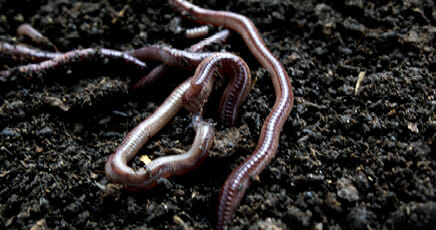Building a Classroom Worm Farm | STEM Lesson Plan

Produced By:
Junior Landcare
States:
Qld, NSW, SA, NT, ACT, Tas, WA
Aimed at:
Year 1
- 6
Curriculum 8.4
Curriculum 9.0:
AC9S1U01, AC9S3U01, AC9S4U01, AC9S5U01, AC9S6U01
Lesson Type:
Subjects:
Keywords:
worm farm, worrm, worms, gardening, garden, waste, recycling
Building a Classroom Worm Farm | STEM Lesson Plan
Waste from food and gardening can be a major contributor to the emission of greenhouse gases like methane, which are harmful to our planet. Landfills are one of the biggest sources of these emissions, as the decomposition of organic waste in these areas releases these gases into the atmosphere. But there is a solution to this problem, and it lies in the power of worms.
Worms can turn the waste generated in our homes and gardens into rich, natural fertilizers. By using a worm farm or composting system, we can divert this waste from landfills and reduce our impact on the environment. This is a great opportunity for students to learn about the relationship between living things, and the important role that even the smallest creatures play in keeping our planet healthy.
In this lesson plan, students will have the chance to understand the amazing ability of earthworms to recycle our waste and transform it into a natural fertilizer. They will learn about the process of building and managing a worm farm and will appreciate the value of all living things, including those that may seem crawly and slimy.
This is a unique and engaging teacher resource that will bring science and environmental studies to life for students. By engaging with the material, students will be able to understand the connection between waste, the environment and the role of living things in our ecosystem. They will be able to look beneath the surface and discover the world of composting and worm farming and will appreciate the important role that these tiny creatures play in recycling our waste.
For children to:
• understand the connection between some living things and value the role of all living things (even the crawly and slimy ones!)
• look beneath the ground’s surface and discover what is happening below
• appreciate an earthworm’s ability to recycle our waste and transform it into a natural fertilizer
• undertake the task of building and managing a worm farm.
